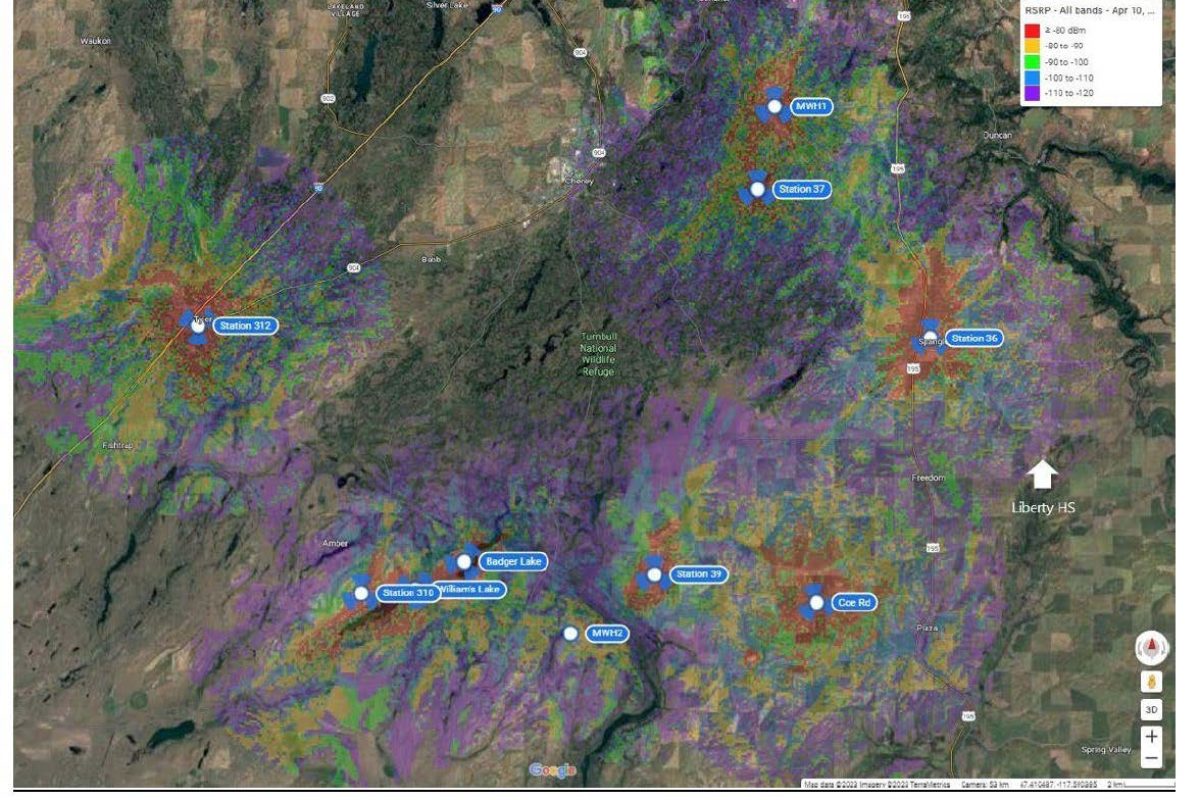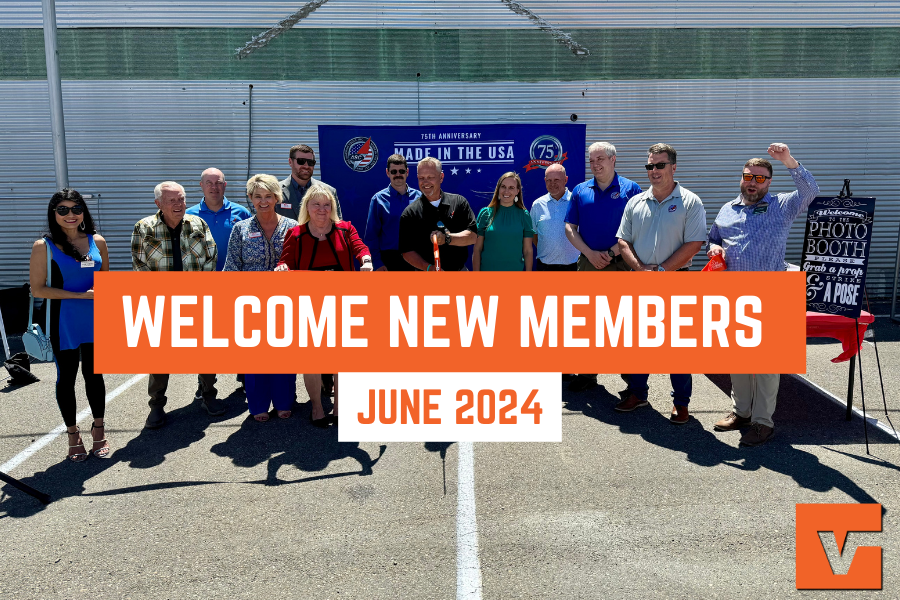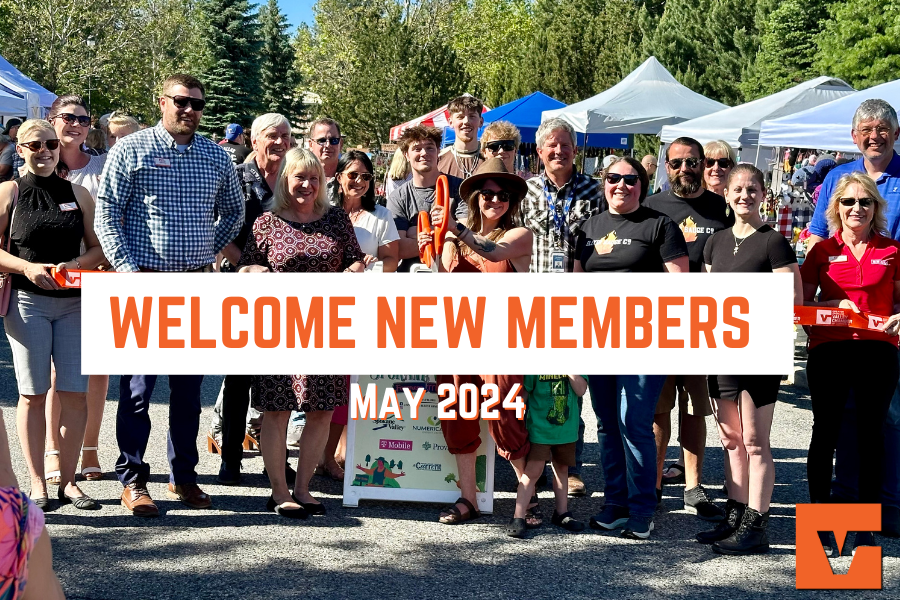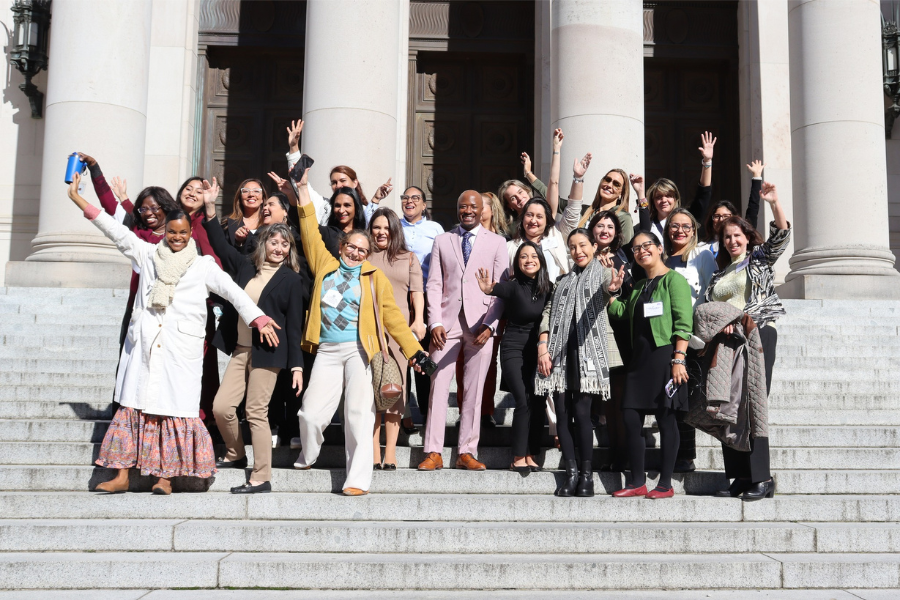Chamber Steps up to BAT in Regional Broadband Talks
Lance Beck immediately noticed the irony in the first meeting of Spokane County’s Broadband Action Team (BAT) he attended.
The CEO of the Greater Spokane Valley Chamber of Commerce had been invited to join the kickoff discussion targeting regional high-speed internet challenges and identifying solutions that lead to capacity building through increased broadband awareness, access, and adoption. The local BAT is one of 39 such groups in Washington state under the banner of counties and tribes.
Initially, Spokane County’s hybrid group experienced its own connection hurdles.
“Here we immediately found ourselves in a meeting with some individuals in the room and some virtual, talking about connectivity, and connectivity was proving to be a barrier for the virtual attendees to be engaged in the conversation,” Beck said.
The Valley Chamber subsequently stepped up as the host site for BAT and has been the hub for regular meetings ever since.
“We realized we could play the role of facilitator to help make sure these meetings would allow for great engagement no matter where an attendee was participating from,” Beck said. “We have experience hosting hybrid meetings and wanted to make sure BAT was successful off the bat.”
Ariane Schmidt serves as Executive Director of Broadlinc Spokane County, the Public Development Authority (PDA) that facilitates the local BAT as well as those in Ferry, Stevens, and Pend Oreille counties. Schmidt said having the group meet at Greater Spokane Valley Chamber of Commerce offices instead of a government site or in the downtown core has benefited the discussion.
“I think the Valley, and the Chamber in particular, not only cultivates membership but also has shown a real stewardship outside their boundaries,” Schmidt said. “I see the Valley Chamber as a critical partner and a great incubator.”
BAT and Broadlinc both target gaps in the regional broadband network, particularly in rural areas. The Broadlinc PDA was formed in part due to a broadband-related grant application filed by the town of Fairfield that did not reach fruition, according to Spokane County Commissioner and Broadlinc Chair Mary Kuney.
“We knew we needed to do this collectively instead of each town and city doing their own thing,” Kuney said. “The PDA is a holistic approach.”
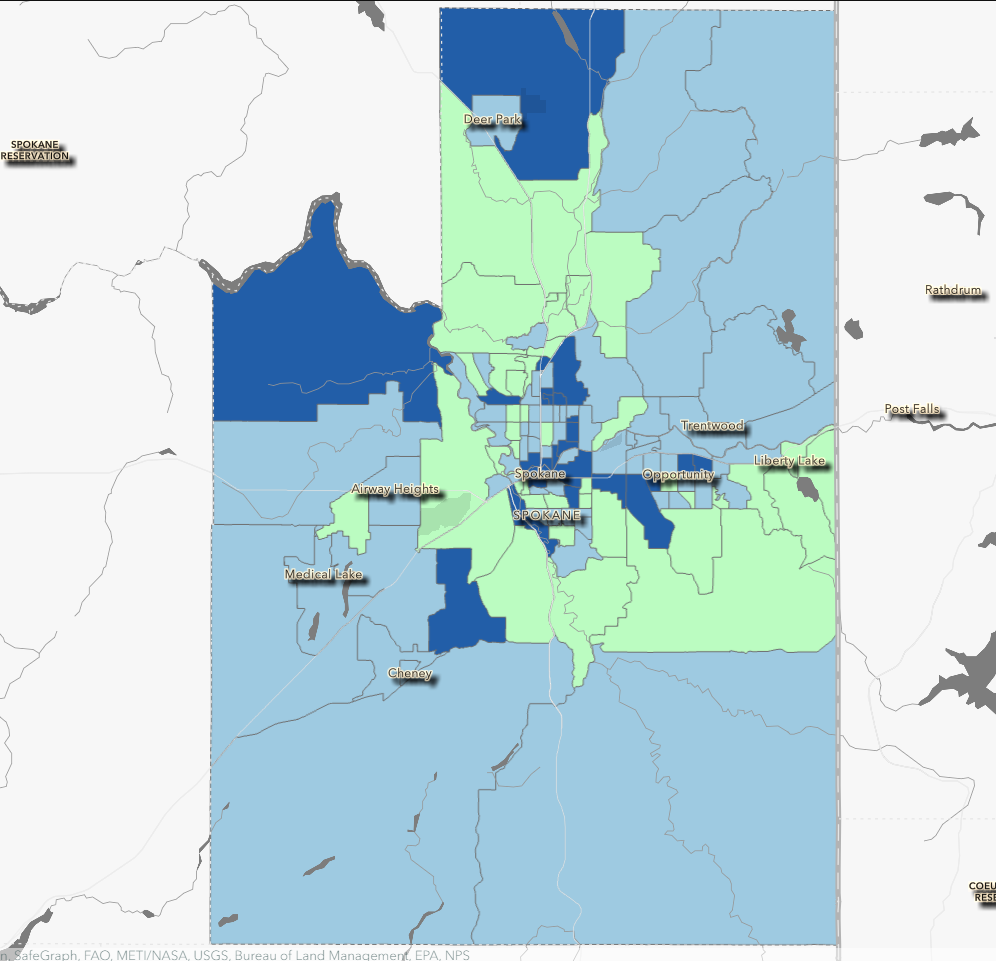
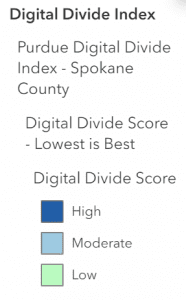
At stake is a considerable lump of federal funds through the Bipartisan Infrastructure Deal proposed by the Biden Administration and passed by Congress in November 2021. Washington state was approved for just over $1.2 billion of the overall $550 billion as part of the legislation. Along with improvements to transportation infrastructure, access to clean drinking water, and environmental initiatives, the program prioritizes the availability of high-speed internet.
“We have a robust pallet of potential projects,” said Schmidt, whose background includes administrator for Spokane County’s American Rescue Plan (ARP) Portfolio. “It’s definitely been an adventure.”
In February, the Spokane County Commissioners approved contracts with Comcast and Ptera to bring high-speed internet to Chattaroy and Medical Lake. The agreement was part of a resolution passed by the commissioners last year to direct $3 million in ARP funds to improve access to reliable broadband in rural areas.
“I want to make sure these government dollars are going to the best uses, and everyone gets connected,” Kuney said.
Rockford Mayor Carrie Roecks said the town feels supported in the broadband conversation by Broadlinc and BAT, noting that Schmidt has represented Broadlinc at a Town Council meeting.
“They are aware of our needs and doing what they can to get funds we need to provide reliable service,” Roecks said. “We’re all working together as part of a cooperative consortium.”
Kuney said the Valley Chamber serves as a helpful partner in identifying needs among constituents.
“Lance and the Valley Chamber team have a great perspective of what’s going on in the Valley and south county,” she said. “I rely on them a lot.”
Jurisdictions represented on the BAT include the City of Spokane, City of Spokane Valley, City of Liberty Lake, and the towns of Fairfield, Latah, Rockford, Spangle, and Waverly, among others. The Kalispel Tribe of Indians and the Spokane Tribe of Indians are also part of the group. Nonprofits such as Spokane Valley Partners and school districts like Freeman and Liberty are also at the table as well as representatives from state and federal government, healthcare, and over a dozen internet service providers.
Broadlinc and BAT continue to gather feedback about broadband from a variety of public arenas. This spring, the two groups were among the hosts of a community listening session to collect input on broadband issues.
The Washington State Broadband Office – another host of the May 10th event – was established by the state legislature in 2019 and operates under the umbrella of the Department of Commerce. Among other priorities, the effort is focused on driving job creation and economic vitality through affordable, high-quality, and accessible broadband in fields like education, government, healthcare, transportation, and public safety. Improving high-speed internet access for underserved communities is also an ongoing focus.
In March, the office rolled out a five-year action plan to address the distribution of $900 million in broadband connectivity and equity funds.
“Broadband is a new essential utility for communities,” Schmidt said. “We’re really at the cusp of the waterfall.”
In areas like remote learning, public safety, telehealth, and e-commerce, the importance of reliable high-speed internet was underscored during the height of the COVID-19 pandemic. Schmidt points to the “wet cement” nature of broadband at this stage of its development.
“Right now, there’s no state or national policy for broadband as it’s rolled out,” she said.
A recent study by BroadbandNowResearch ranked Washington as one of the top five states in the U.S. for broadband coverage and quality. Incorporating data from the Federal Communication Commission and internet services, the rankings take into account access to low-cost broadband, download and upload speeds, fiber optic service, and overall access to broadband.
Kuney said the local BAT – consisting of nearly 70 stakeholders – “has brought a lot of voices together to talk about broadband,” while groups like the Valley Chamber have helped connect the dots.
“We want to establish an awareness of what’s needed in the community, what the ecosystem is,” Kuney said. “Chambers play an important part, letting us know what the needs of businesses are.”

